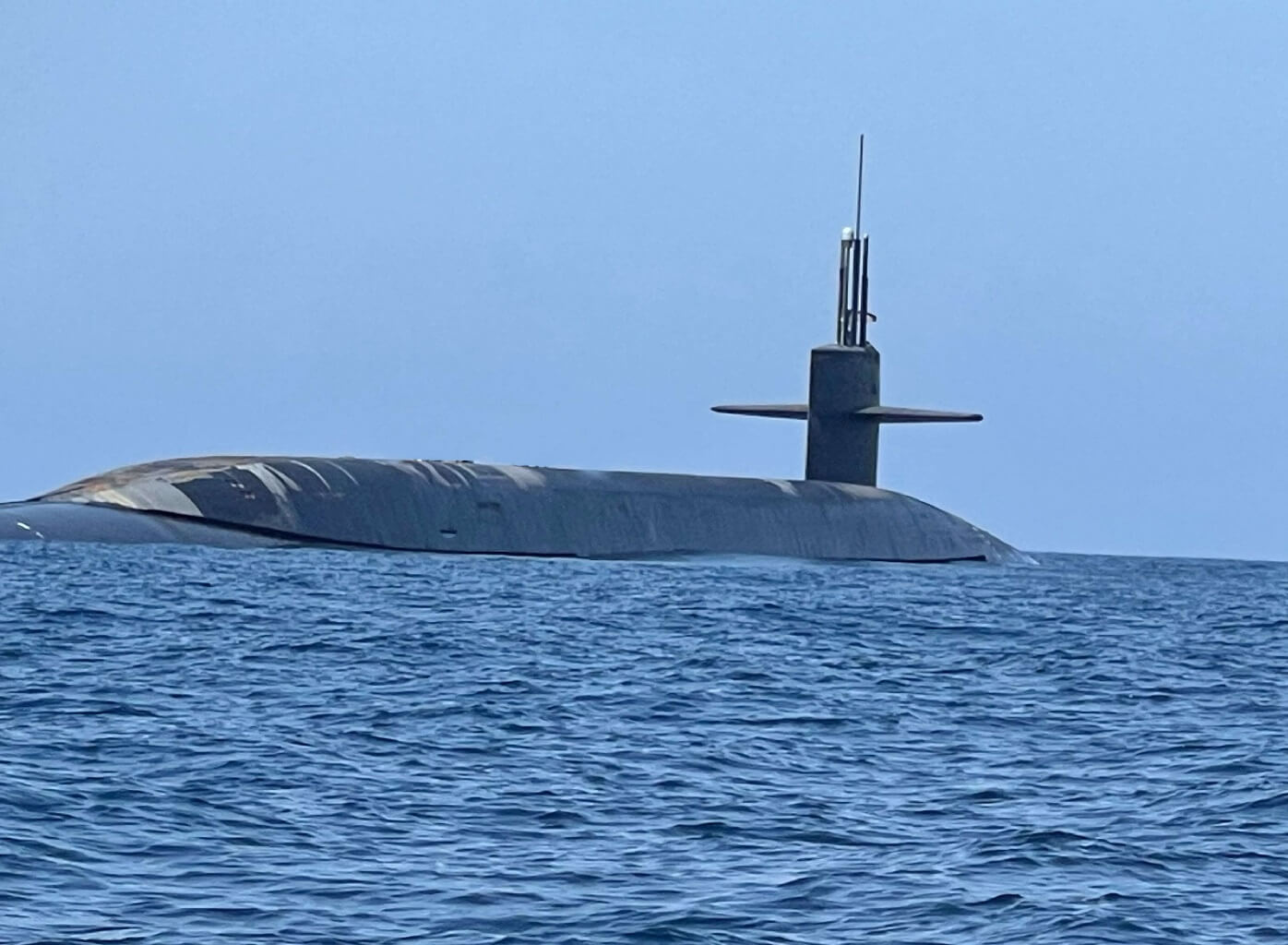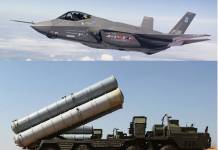Australia could buy at least four US Virginia class nuclear-powered submarines as a part of the historic AUKUS pact with the United States and the United Kingdom, reported CNN, citing three sources familiar with the matter.
However, the submarines may not be delivered for several years. The report said that the anticipated announcement would serve as a sign of progress for the AUKUS grouping, which consists of Australia, the United Kingdom, and the United States.
Reuters was the first to report on the planned acquisition of US Virginia class nuclear-powered submarines, claiming that at least five will be bought.
The following steps for AUKUS will be outlined when Australian Prime Minister Anthony Albanese meets with US President Joe Biden and UK Prime Minister Rishi Sunak in San Diego on March 13.
The Pacific Security Pact, first announced in September 2021, has garnered criticism from Beijing and is considered an effort to challenge China’s expanding power and assertive posture in the region.
Officials from the three nations have discussed plans to equip Royal Australian Navy with nuclear-powered submarines since the AUKUS partnership was announced in 2021. These plans have considered the legal ramifications of transferring classified technology and how Australian sailors would be trained to operate the submarines.
The sale of up to four American Virginia-class submarines to Australia is envisioned as a stopgap solution to provide Canberra with nuclear-powered subs by the mid-2030s. The plan also calls for the US to increase port visits to Australia in the coming years and to set up the potential to rotate American attack subs through Perth by 2027.
Australian Navy operates six conventionally powered Collins-class submarines, which will receive a service life extension until 2036. Nuclear submarines are more challenging to detect than conventional ones and can remain submerged for long periods.
The officials gave no further details about the proposed new class of submarines, including where exactly production would take place.
Meanwhile, the Guardian reported that the UK had succeeded in its attempts to sell Australian nuclear submarines of British design, securing the long-term sustainability of the Barrow-in-Furness shipyard.
The report suggested that the US Virginia-class submarines would serve as a “stopgap” while Australia and the UK collaborate on designing a next-generation submarine based on the Astute class vessel.
Australia will be the seventh nation to possess a nuclear-powered submarine by using an enriched uranium reactor as its propulsion system, putting its Navy at par with China. Other nations that operate nuclear-powered submarines include the US, Russia, the UK, France, China, and India.

Virginia-Class Submarine
The Virginia class is the newest fast attack submarine of the US Navy, designed to replace the aging fleet of Los Angeles-class submarines. In contrast to ballistic missile submarines, which are a part of the US nuclear arsenal, fast attack submarines can use a variety of armaments, such as torpedoes and cruise missiles.
The submarines can also carry special operations forces and conduct information and reconnaissance missions. The Virginia class was built to be less expensive and better tailored for post-Cold War submarine duties.
The Virginia-class submarines come in five “blocks,” each with distinct, incremental improvements and modifications relating to manufacturing ease and increases in automation to decrease crew size.
The Navy stressed Virginia’s potential to “operate anywhere, at any time, and contribute to regional stability and the preservation of future peace” due to its nuclear propulsion.
Although the Virginia class is far from the Navy’s latest submarine design, ongoing improvements and integration of new technology into the Virginia class design have ensured that each submarine block is gradually more capable than its forebears.
The US Navy described that traditional periscopes had been replaced on Virginia-class SSNs by two photonics masts with visible and infrared digital cameras placed on telescoping arms.
The ship’s control room has been relocated down one deck and away from its hull’s curvature, giving it more space and a better arrangement that offers the commanding officer more situational awareness.
The Virginia class is additionally intended to maintain state-of-the-art status for its working life by quickly introducing new systems and payloads thanks to the substantial use of modular construction, open architecture, and commercially available components.
- Contact the author at ashishmichel(at)gmail.com
- Follow EurAsian Times on Google News




